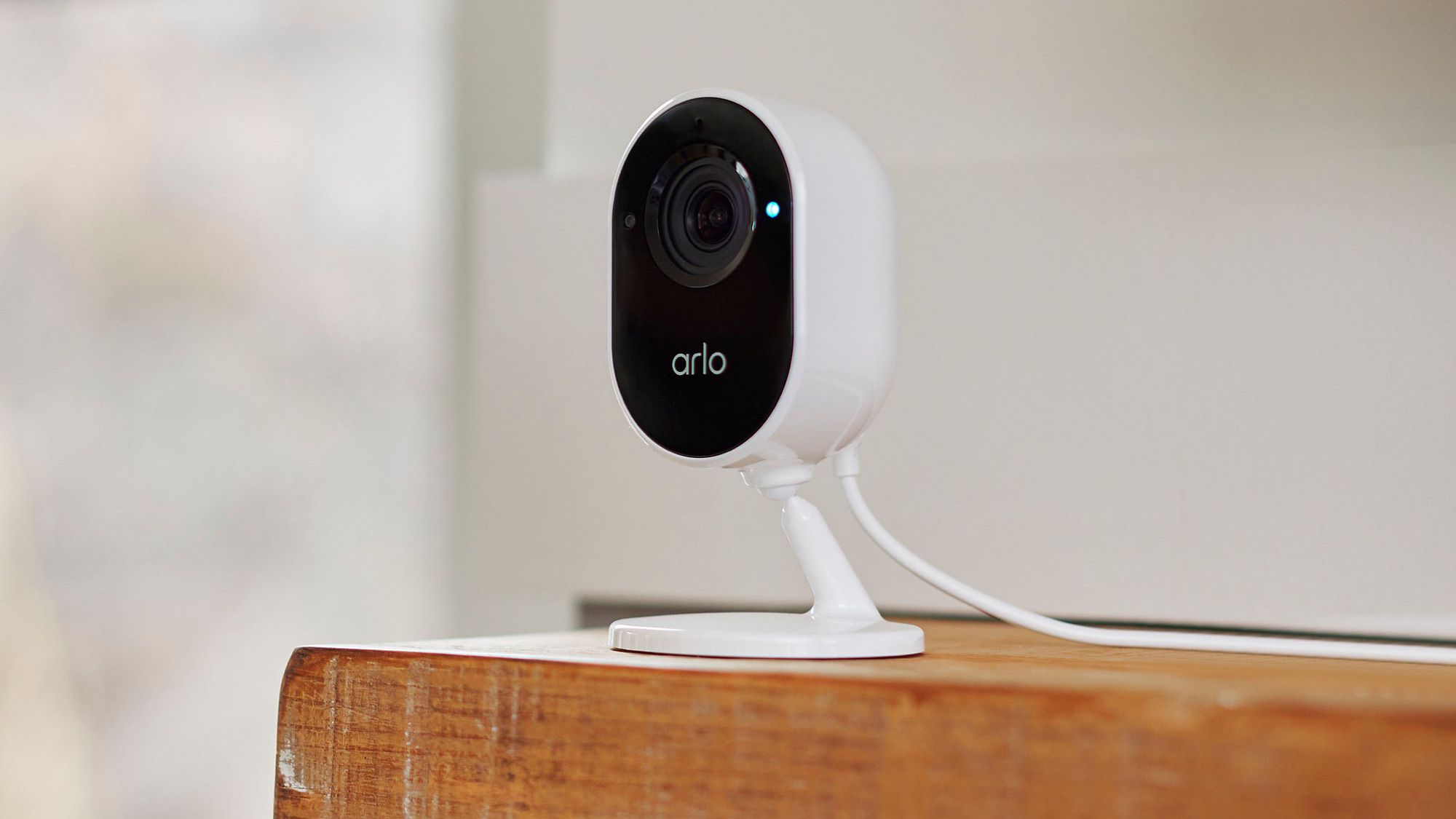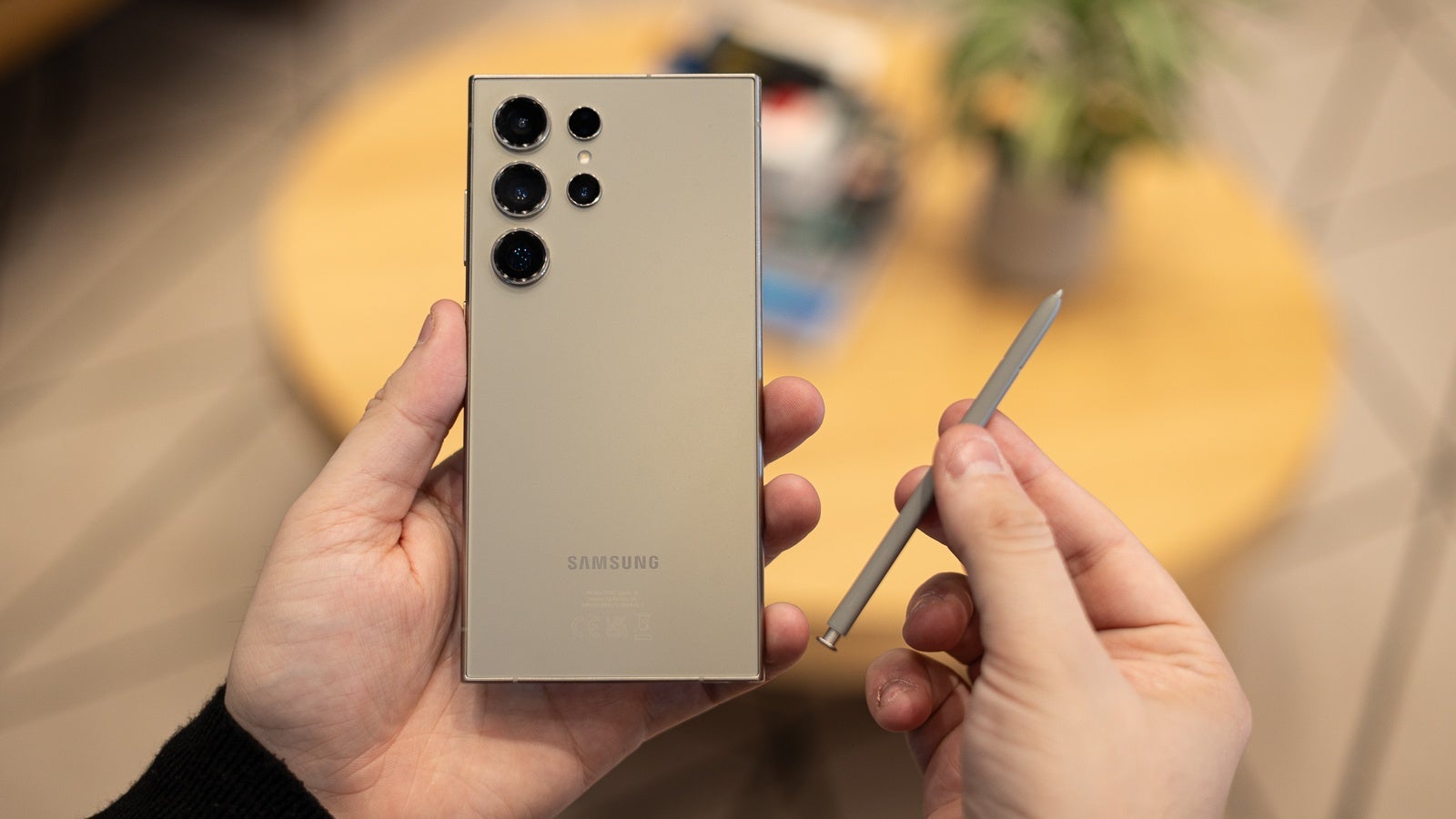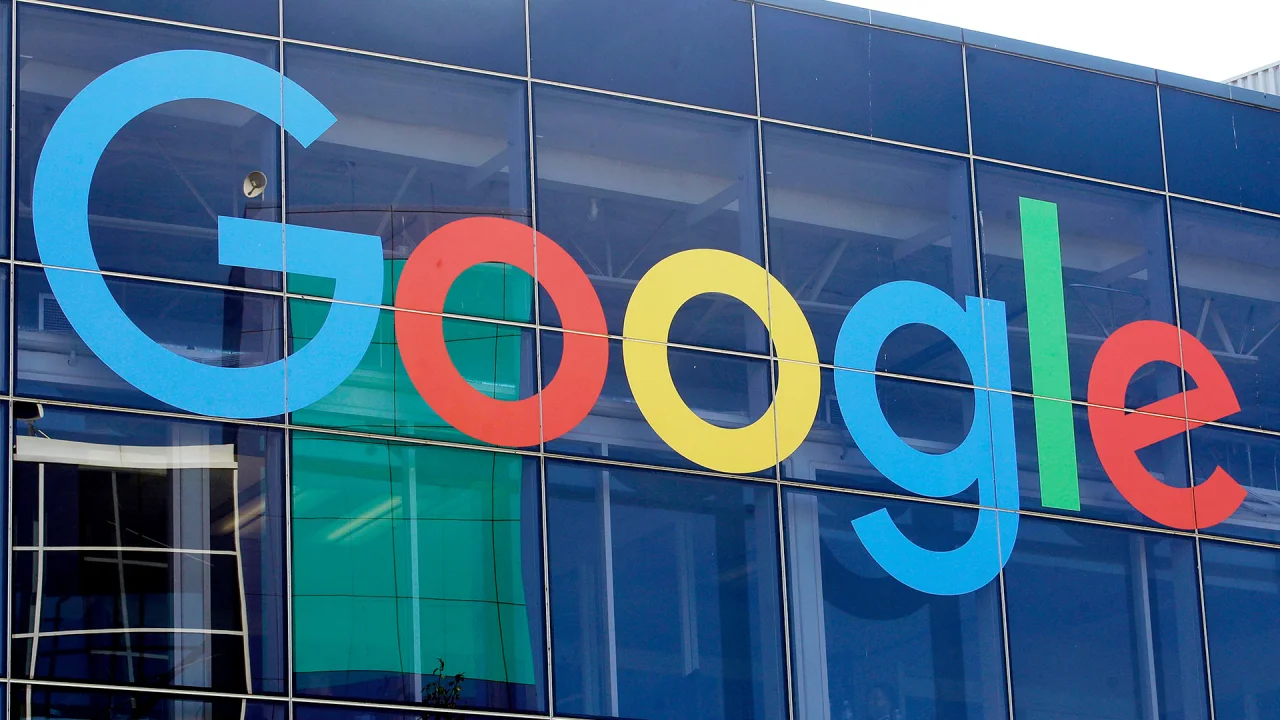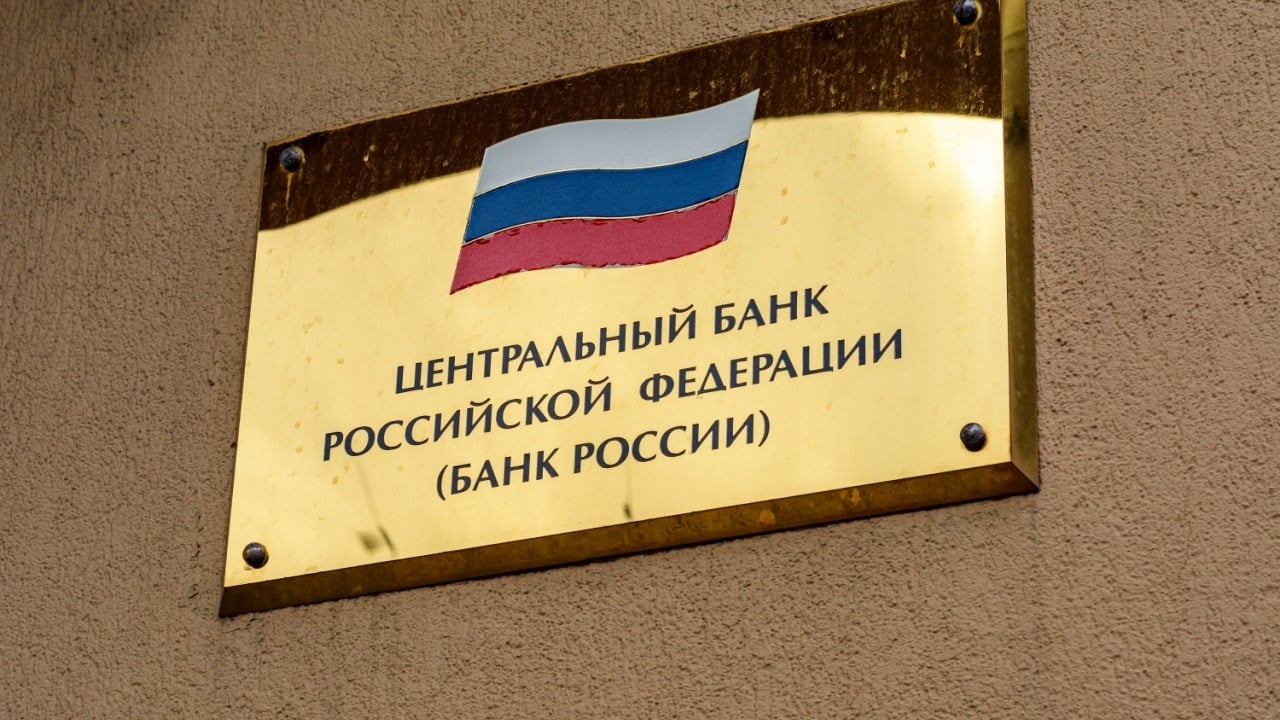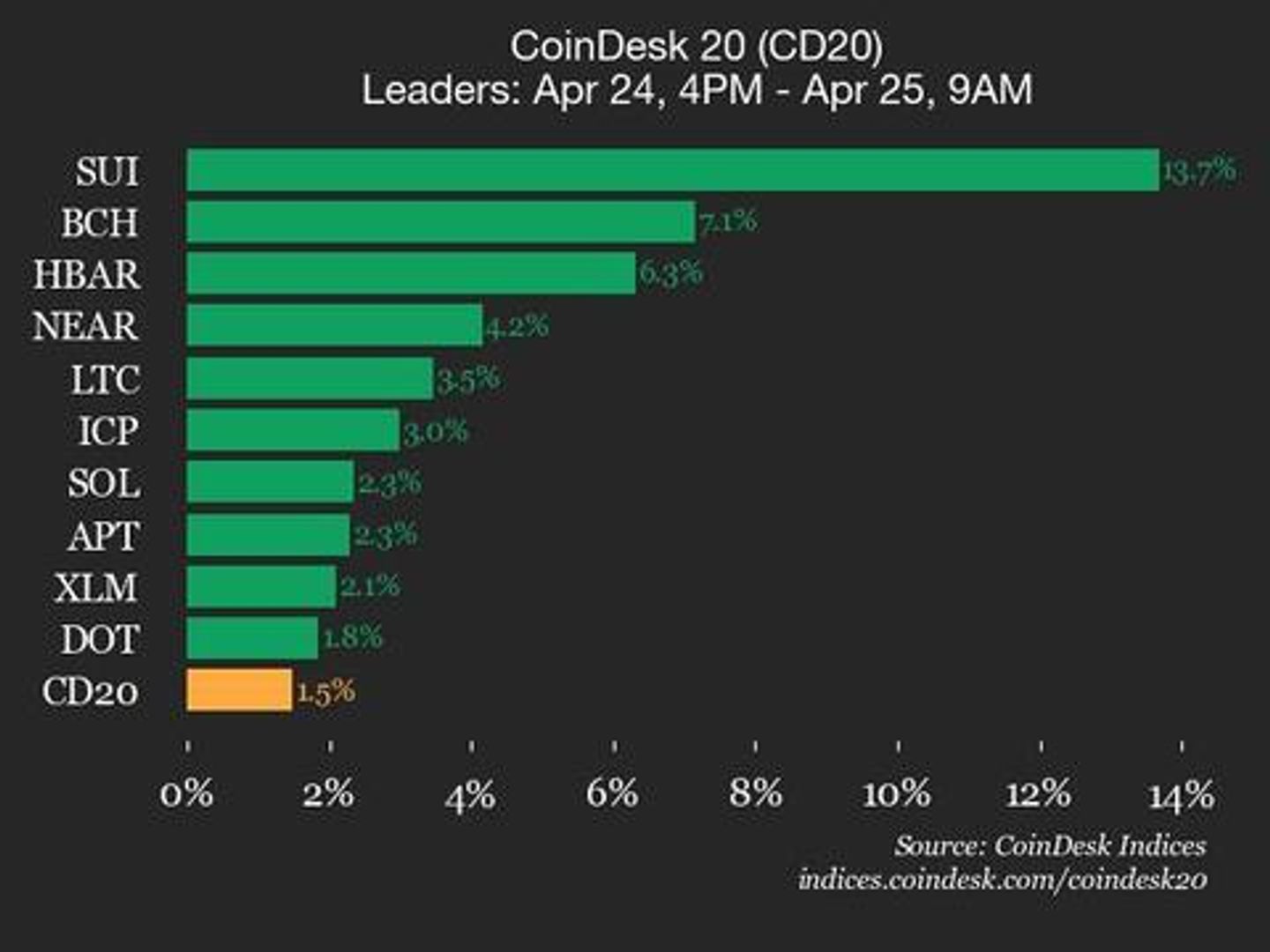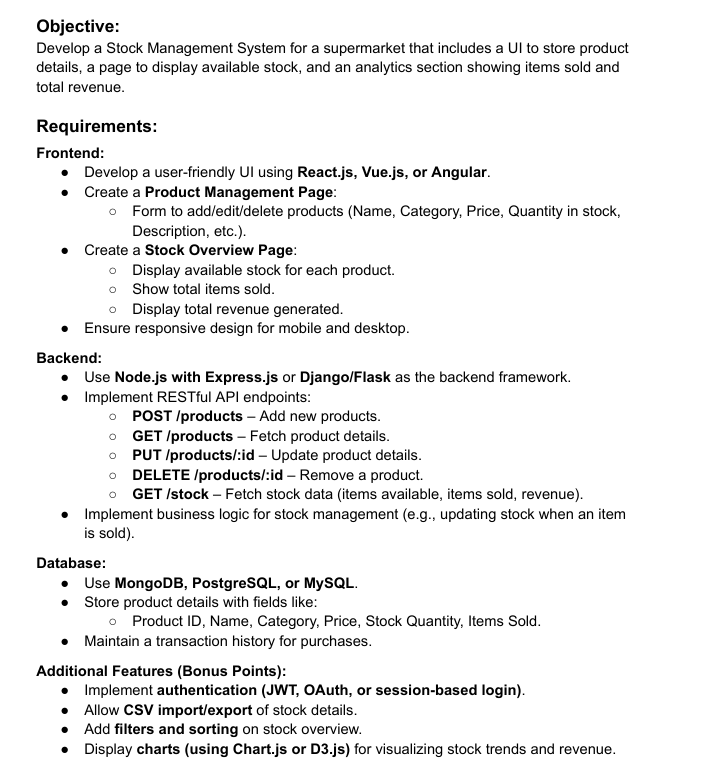Neural DSL v0.2.7: Enhanced HPO Support and Parser Improvements
We're excited to announce the release of Neural DSL v0.2.7, which significantly improves hyperparameter optimization (HPO) support, particularly for convolutional layers and learning rate schedules. What's New in v0.2.7 Enhanced HPO Support for Conv2D Layers One of the most significant improvements in v0.2.7 is the enhanced HPO support for Conv2D layers. You can now optimize the kernel_size parameter using HPO, allowing for more flexible architecture search: # Conv2D with HPO for both filters and kernel_size Conv2D( filters=HPO(choice(32, 64)), kernel_size=HPO(choice((3,3), (5,5))), padding=HPO(choice("same", "valid")), activation="relu" ) This enhancement allows you to automatically search for the optimal kernel size configuration, which can significantly impact model performance, especially for computer vision tasks. Improved ExponentialDecay Parameter Structure We've also improved the ExponentialDecay parameter structure to support more complex decay schedules with better parameter handling: # Enhanced ExponentialDecay with HPO for all parameters optimizer: Adam( learning_rate=ExponentialDecay( HPO(log_range(1e-3, 1e-1)), # Initial learning rate HPO(choice(500, 1000, 2000)), # Variable decay steps HPO(range(0.9, 0.99, step=0.01)) # Decay rate ) ) This improvement allows for more flexible learning rate schedule optimization, leading to better convergence and performance. Extended Padding Options in Layers We've extended HPO support to padding parameters, allowing you to optimize the padding strategy: # Conv2D with HPO for padding Conv2D( filters=32, kernel_size=(3,3), padding=HPO(choice("same", "valid")), activation="relu" ) This enhancement is particularly useful for computer vision tasks where the padding strategy can significantly impact the model's ability to capture features at the edges of images. Parser Improvements We've made several improvements to the parser: Fixed metrics processing logic that was incorrectly placed in the exponential_decay method Improved HPO log_range parameter naming from low/high to min/max for consistency Enhanced HPO range handling with better step parameter defaults Removed redundant code in Conv2D kernel_size validation These improvements make the Neural DSL more robust and easier to use, with more consistent parameter naming and better error handling. Getting Started with v0.2.7 You can install Neural DSL v0.2.7 using pip: pip install neural-dsl==0.2.7 Or upgrade from a previous version: pip install --upgrade neural-dsl Example: Advanced HPO Configuration Here's a complete example that demonstrates the new HPO features in v0.2.7: network AdvancedHPOExample { input: (28, 28, 1) layers: # Conv2D with HPO for filters, kernel_size, and padding Conv2D( filters=HPO(choice(32, 64)), kernel_size=HPO(choice((3,3), (5,5))), padding=HPO(choice("same", "valid")), activation="relu" ) MaxPooling2D(pool_size=(2,2)) # Another conv block with HPO Conv2D( filters=HPO(choice(64, 128)), kernel_size=HPO(choice((3,3), (5,5))), padding="same", activation="relu" ) MaxPooling2D(pool_size=(2,2)) # Flatten and dense layers Flatten() Dense(HPO(choice(128, 256, 512)), activation="relu") Dropout(HPO(range(0.3, 0.7, step=0.1))) Output(10, "softmax") # Advanced optimizer configuration with HPO optimizer: Adam( learning_rate=ExponentialDecay( HPO(log_range(1e-3, 1e-1)), # Initial learning rate HPO(choice(500, 1000, 2000)), # Variable decay steps HPO(range(0.9, 0.99, step=0.01)) # Decay rate ) ) loss: "sparse_categorical_crossentropy" # Training configuration with HPO train { epochs: 20 batch_size: HPO(choice(32, 64, 128)) validation_split: 0.2 search_method: "bayesian" # Use Bayesian optimization } } What's Next? We're continuously working to improve Neural DSL and make it more powerful and user-friendly. In upcoming releases, we plan to: Further enhance the NeuralPaper.ai integration for better model visualization and annotation Expand PyTorch support to match TensorFlow capabilities Improve documentation with more examples and tutorials Add support for more advanced HPO techniques Stay tuned for more updates, and as always, we welcome your feedback and contributions! Get Involved GitHub: https://github.com/Lemniscate-world/Neural Documentation: https://github.com/Lemniscate-world/Neural/blob/main/docs/dsl.md Discord: https://discord.gg/KFku4KvS Happy coding with Neural DSL!

We're excited to announce the release of Neural DSL v0.2.7, which significantly improves hyperparameter optimization (HPO) support, particularly for convolutional layers and learning rate schedules.
What's New in v0.2.7
Enhanced HPO Support for Conv2D Layers
One of the most significant improvements in v0.2.7 is the enhanced HPO support for Conv2D layers. You can now optimize the kernel_size parameter using HPO, allowing for more flexible architecture search:
# Conv2D with HPO for both filters and kernel_size
Conv2D(
filters=HPO(choice(32, 64)),
kernel_size=HPO(choice((3,3), (5,5))),
padding=HPO(choice("same", "valid")),
activation="relu"
)
This enhancement allows you to automatically search for the optimal kernel size configuration, which can significantly impact model performance, especially for computer vision tasks.
Improved ExponentialDecay Parameter Structure
We've also improved the ExponentialDecay parameter structure to support more complex decay schedules with better parameter handling:
# Enhanced ExponentialDecay with HPO for all parameters
optimizer: Adam(
learning_rate=ExponentialDecay(
HPO(log_range(1e-3, 1e-1)), # Initial learning rate
HPO(choice(500, 1000, 2000)), # Variable decay steps
HPO(range(0.9, 0.99, step=0.01)) # Decay rate
)
)
This improvement allows for more flexible learning rate schedule optimization, leading to better convergence and performance.
Extended Padding Options in Layers
We've extended HPO support to padding parameters, allowing you to optimize the padding strategy:
# Conv2D with HPO for padding
Conv2D(
filters=32,
kernel_size=(3,3),
padding=HPO(choice("same", "valid")),
activation="relu"
)
This enhancement is particularly useful for computer vision tasks where the padding strategy can significantly impact the model's ability to capture features at the edges of images.
Parser Improvements
We've made several improvements to the parser:
- Fixed metrics processing logic that was incorrectly placed in the exponential_decay method
- Improved HPO log_range parameter naming from low/high to min/max for consistency
- Enhanced HPO range handling with better step parameter defaults
- Removed redundant code in Conv2D kernel_size validation
These improvements make the Neural DSL more robust and easier to use, with more consistent parameter naming and better error handling.
Getting Started with v0.2.7
You can install Neural DSL v0.2.7 using pip:
pip install neural-dsl==0.2.7
Or upgrade from a previous version:
pip install --upgrade neural-dsl
Example: Advanced HPO Configuration
Here's a complete example that demonstrates the new HPO features in v0.2.7:
network AdvancedHPOExample {
input: (28, 28, 1)
layers:
# Conv2D with HPO for filters, kernel_size, and padding
Conv2D(
filters=HPO(choice(32, 64)),
kernel_size=HPO(choice((3,3), (5,5))),
padding=HPO(choice("same", "valid")),
activation="relu"
)
MaxPooling2D(pool_size=(2,2))
# Another conv block with HPO
Conv2D(
filters=HPO(choice(64, 128)),
kernel_size=HPO(choice((3,3), (5,5))),
padding="same",
activation="relu"
)
MaxPooling2D(pool_size=(2,2))
# Flatten and dense layers
Flatten()
Dense(HPO(choice(128, 256, 512)), activation="relu")
Dropout(HPO(range(0.3, 0.7, step=0.1)))
Output(10, "softmax")
# Advanced optimizer configuration with HPO
optimizer: Adam(
learning_rate=ExponentialDecay(
HPO(log_range(1e-3, 1e-1)), # Initial learning rate
HPO(choice(500, 1000, 2000)), # Variable decay steps
HPO(range(0.9, 0.99, step=0.01)) # Decay rate
)
)
loss: "sparse_categorical_crossentropy"
# Training configuration with HPO
train {
epochs: 20
batch_size: HPO(choice(32, 64, 128))
validation_split: 0.2
search_method: "bayesian" # Use Bayesian optimization
}
}
What's Next?
We're continuously working to improve Neural DSL and make it more powerful and user-friendly. In upcoming releases, we plan to:
- Further enhance the NeuralPaper.ai integration for better model visualization and annotation
- Expand PyTorch support to match TensorFlow capabilities
- Improve documentation with more examples and tutorials
- Add support for more advanced HPO techniques
Stay tuned for more updates, and as always, we welcome your feedback and contributions!
Get Involved
- GitHub: https://github.com/Lemniscate-world/Neural
- Documentation: https://github.com/Lemniscate-world/Neural/blob/main/docs/dsl.md
- Discord: https://discord.gg/KFku4KvS
Happy coding with Neural DSL!
















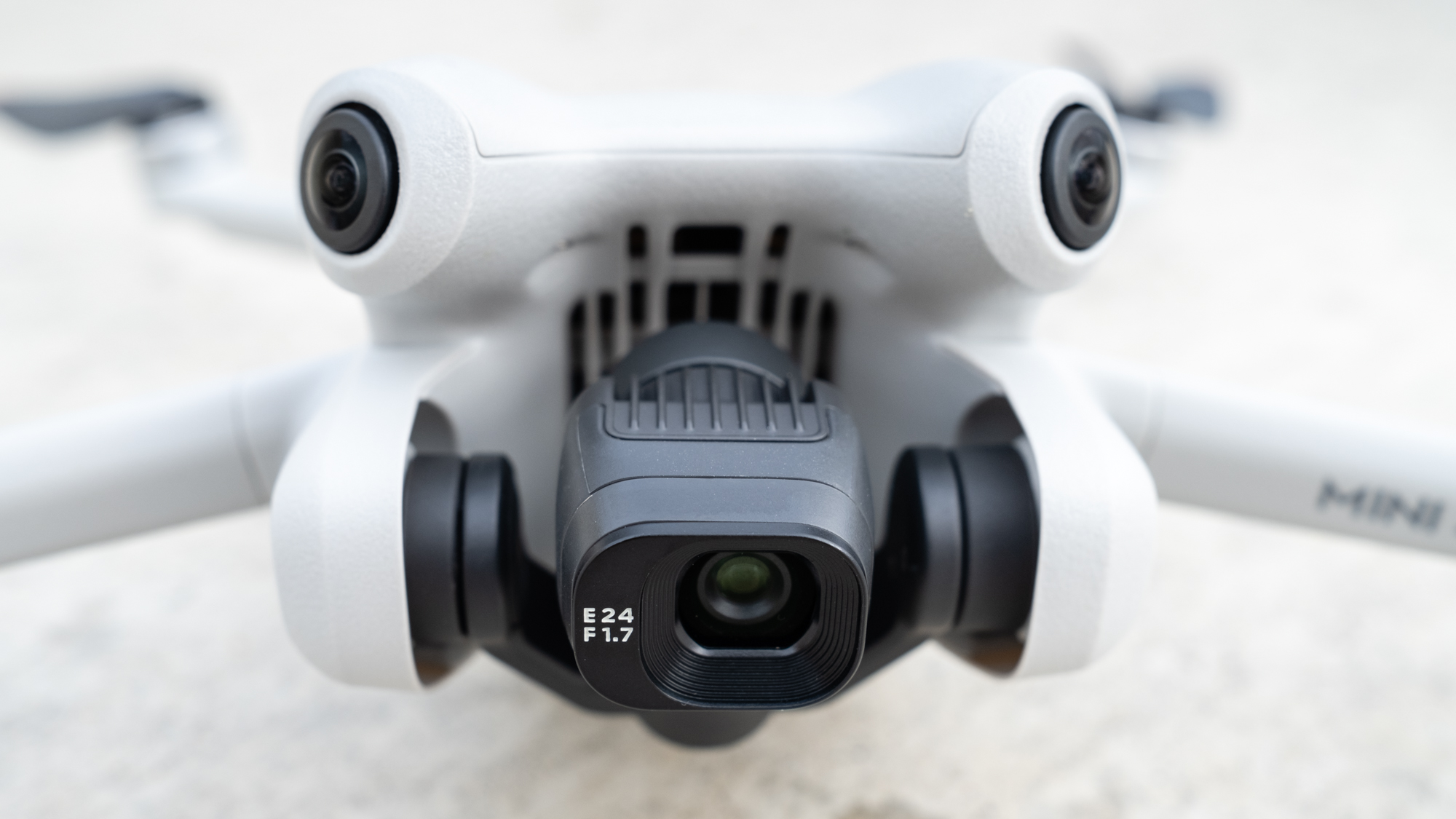


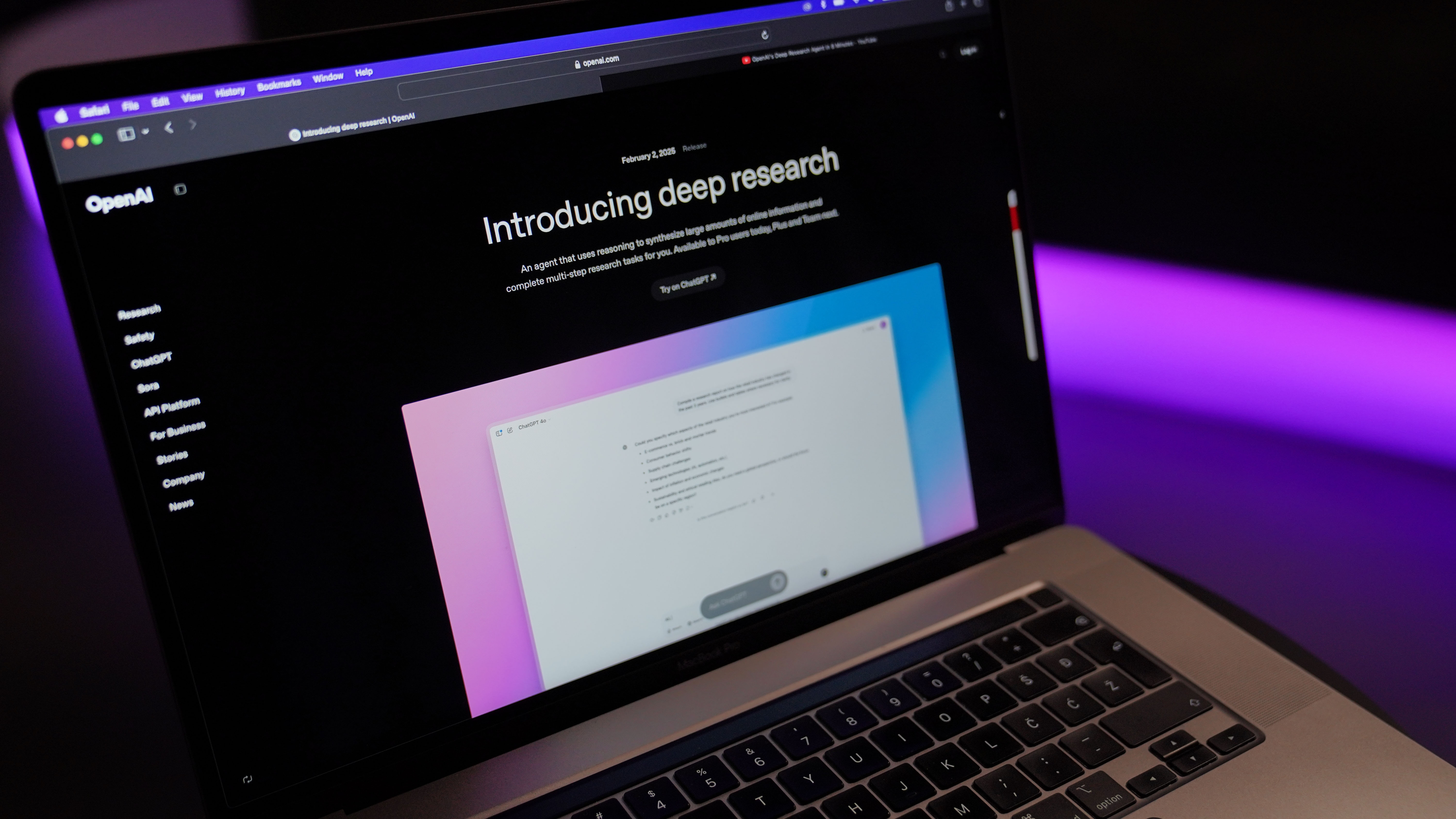

















































































































































![[The AI Show Episode 144]: ChatGPT’s New Memory, Shopify CEO’s Leaked “AI First” Memo, Google Cloud Next Releases, o3 and o4-mini Coming Soon & Llama 4’s Rocky Launch](https://www.marketingaiinstitute.com/hubfs/ep%20144%20cover.png)























































































































































































.jpg?width=1920&height=1920&fit=bounds&quality=70&format=jpg&auto=webp#)























































































_Olekcii_Mach_Alamy.jpg?width=1280&auto=webp&quality=80&disable=upscale#)








































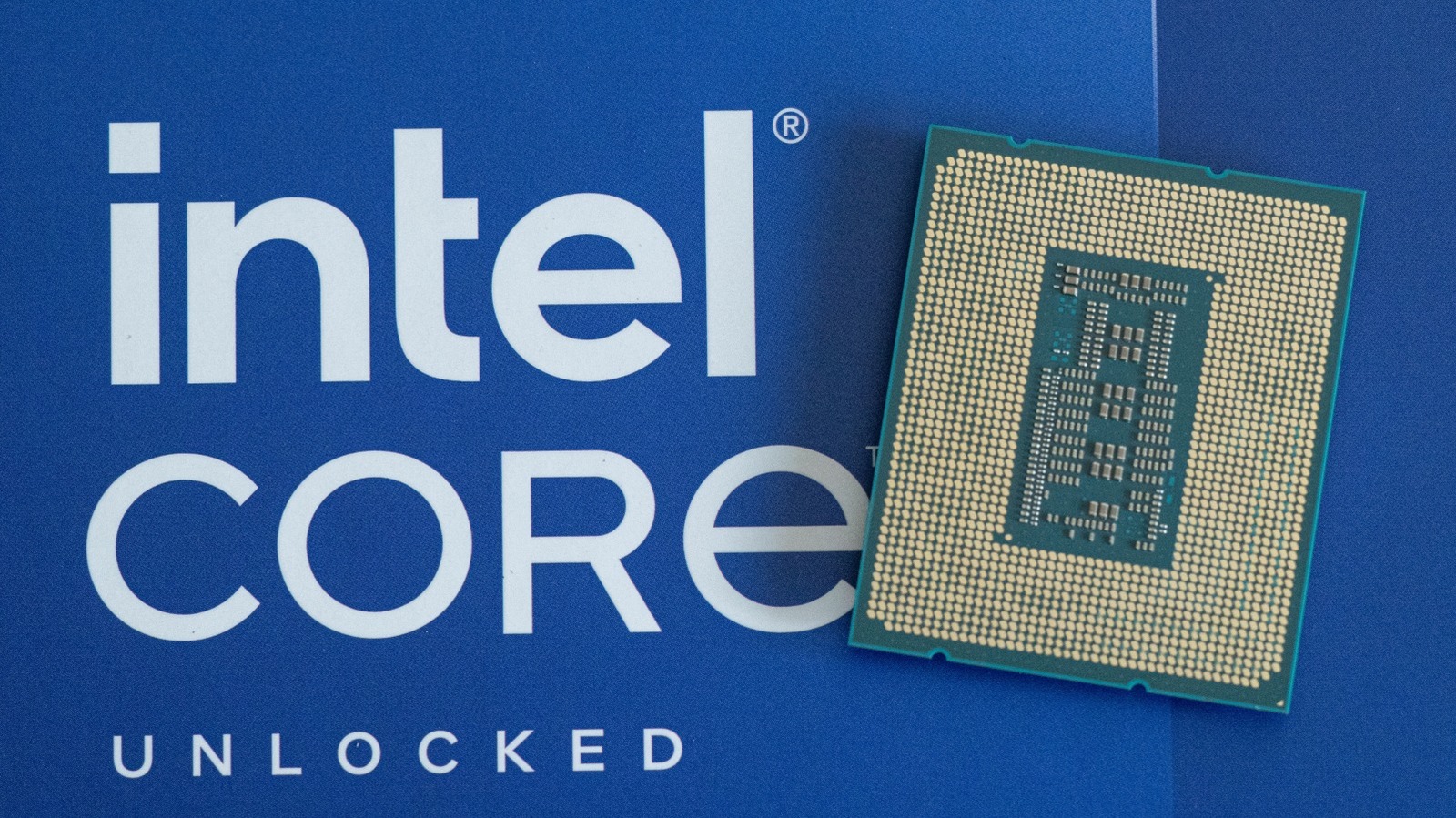


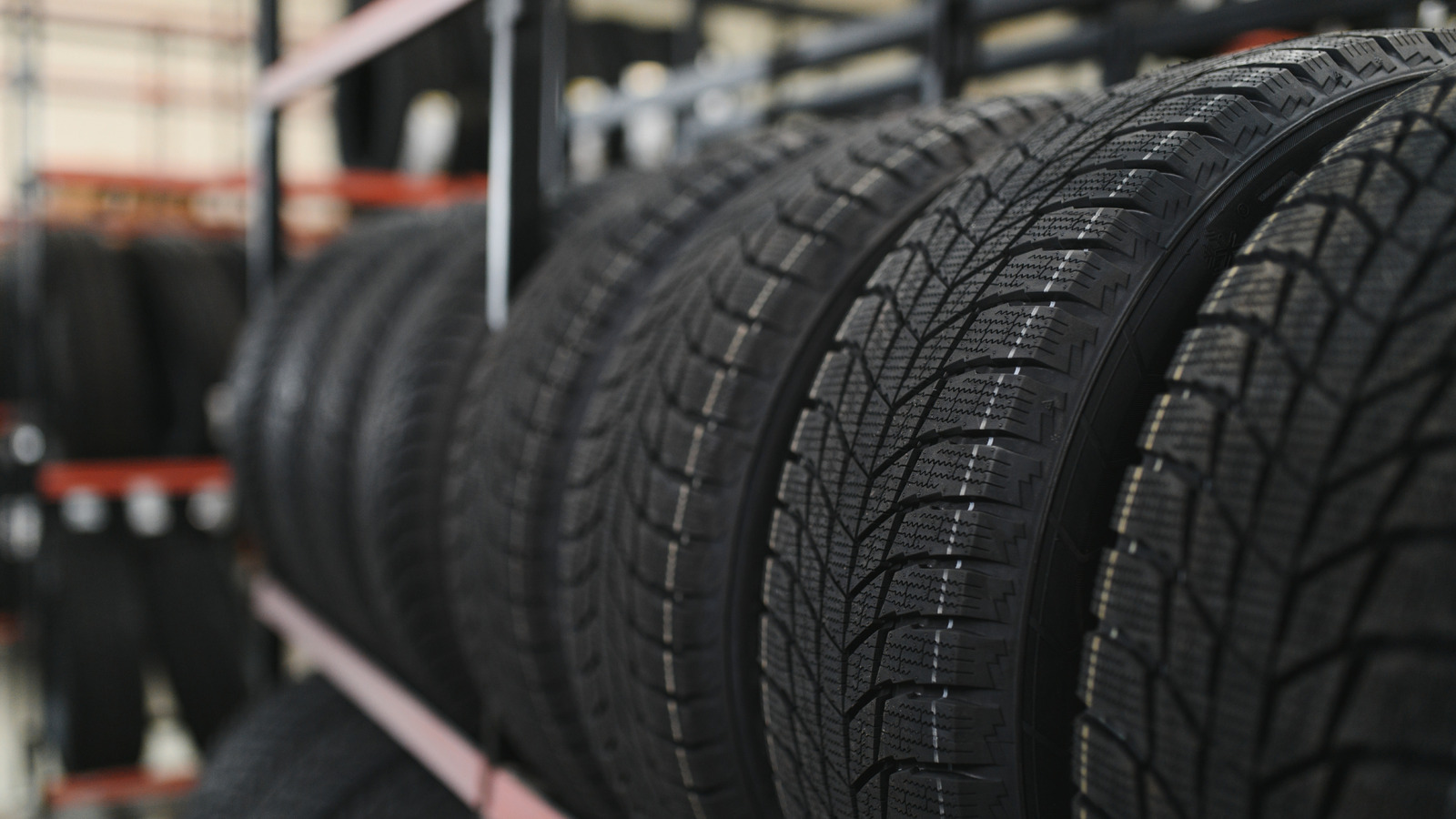






























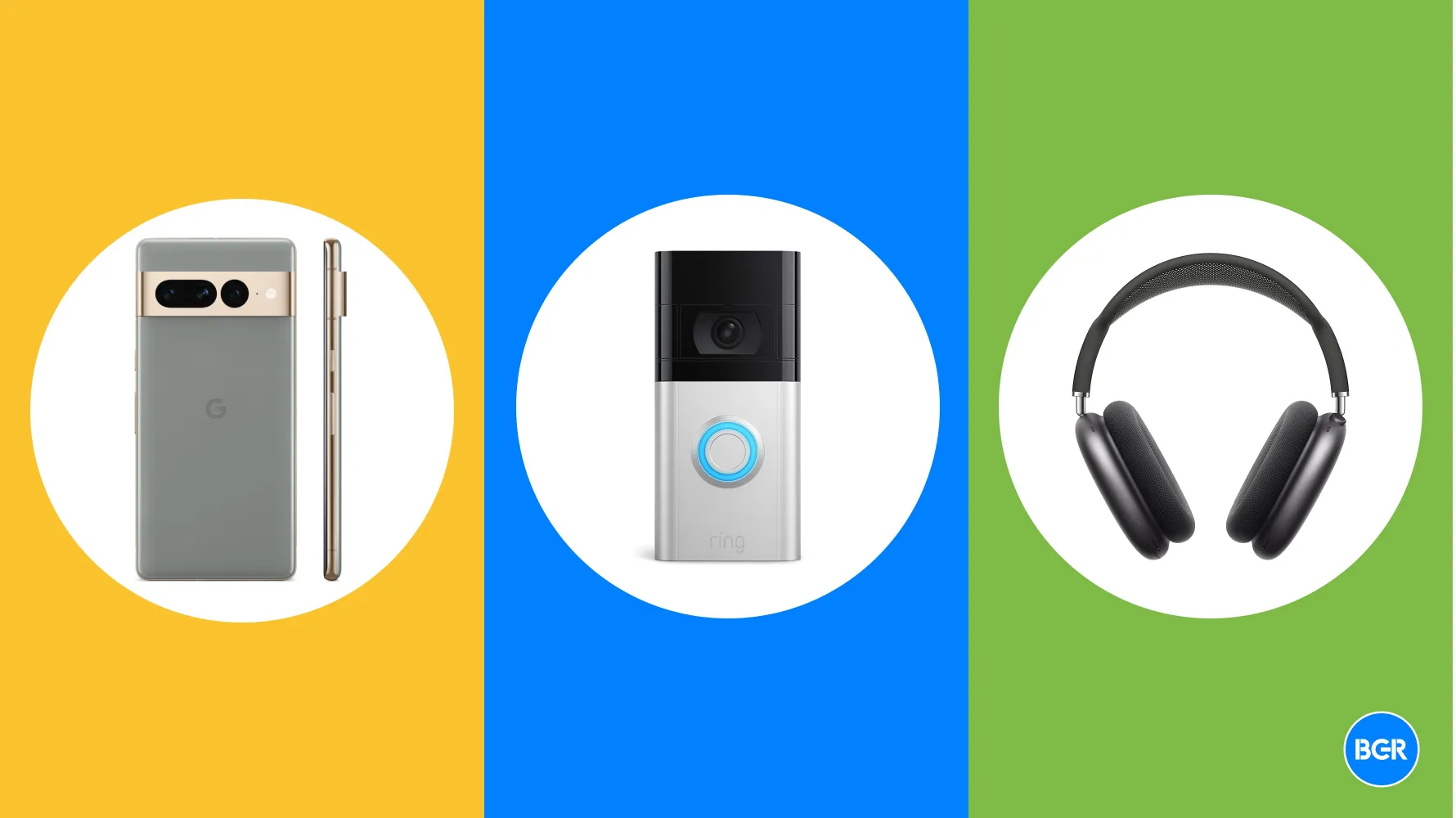
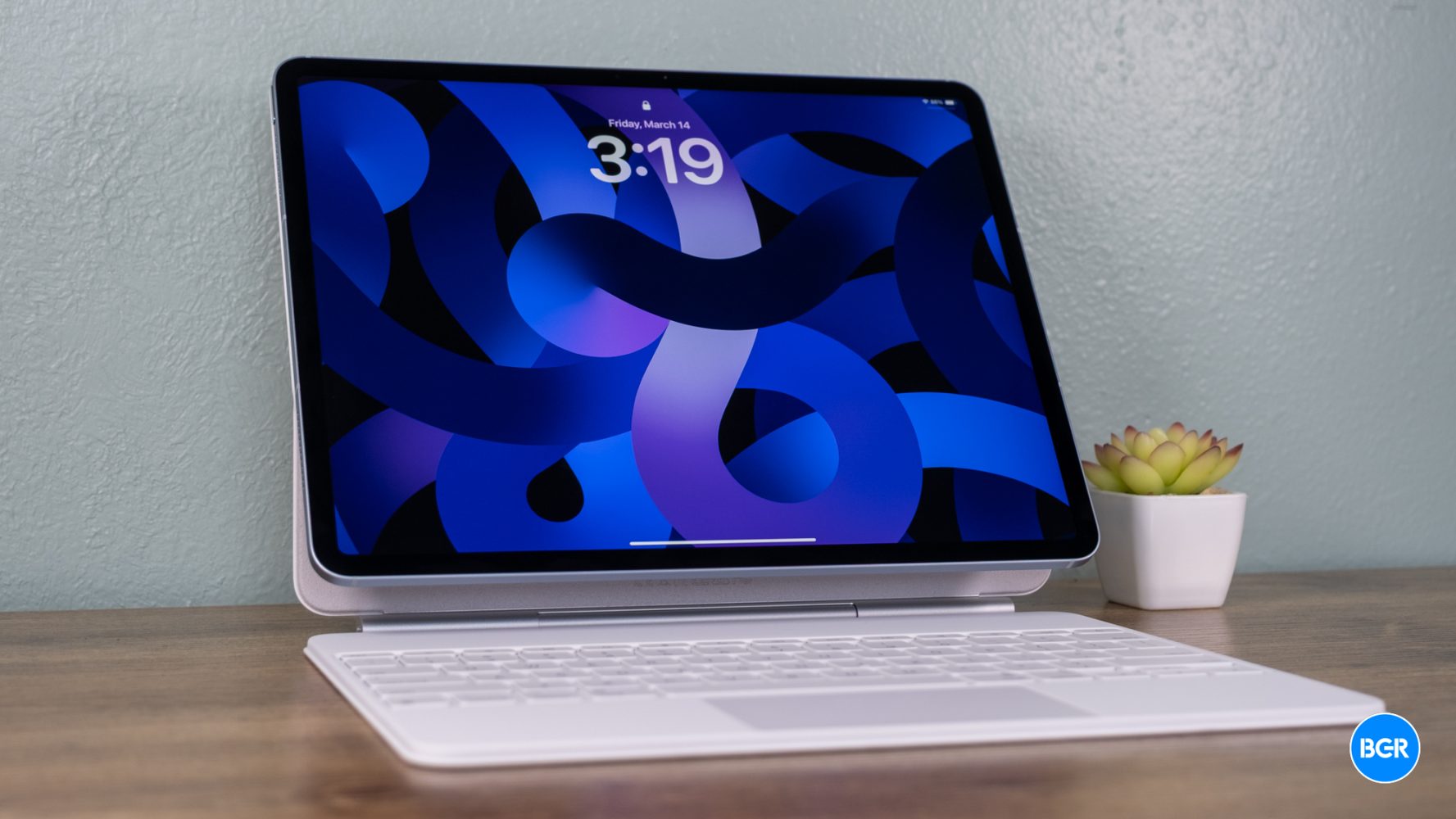






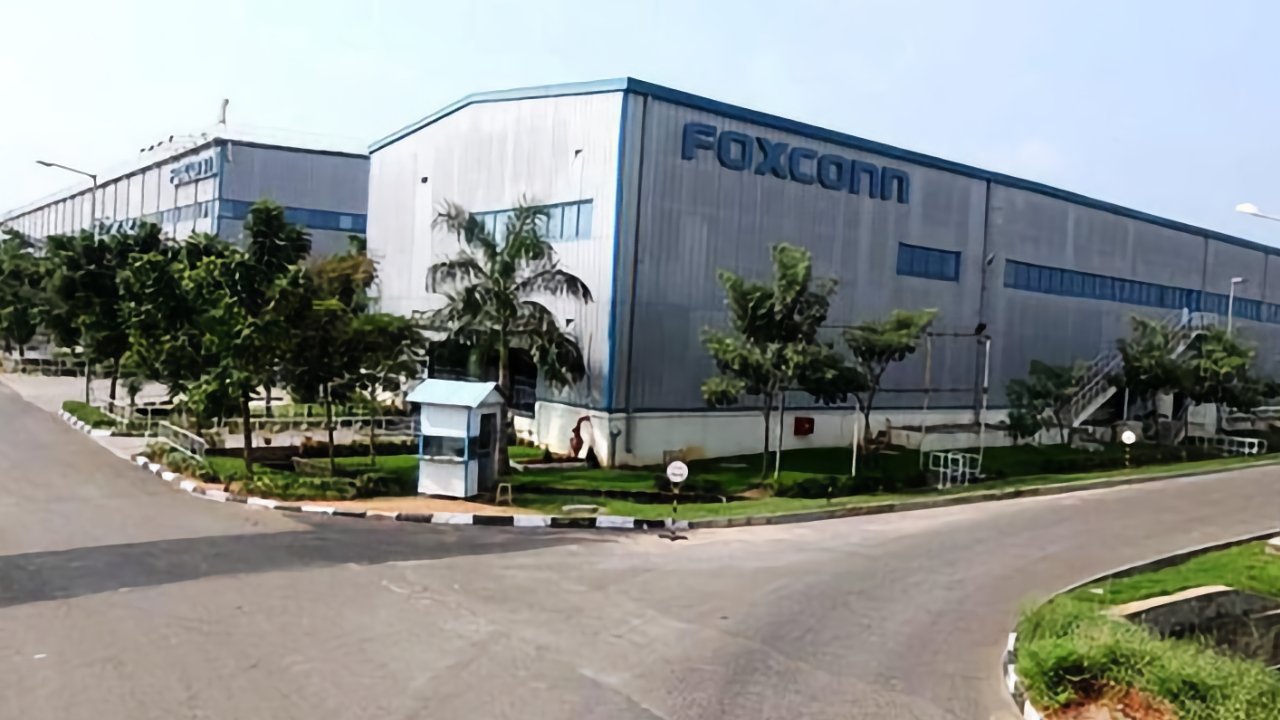

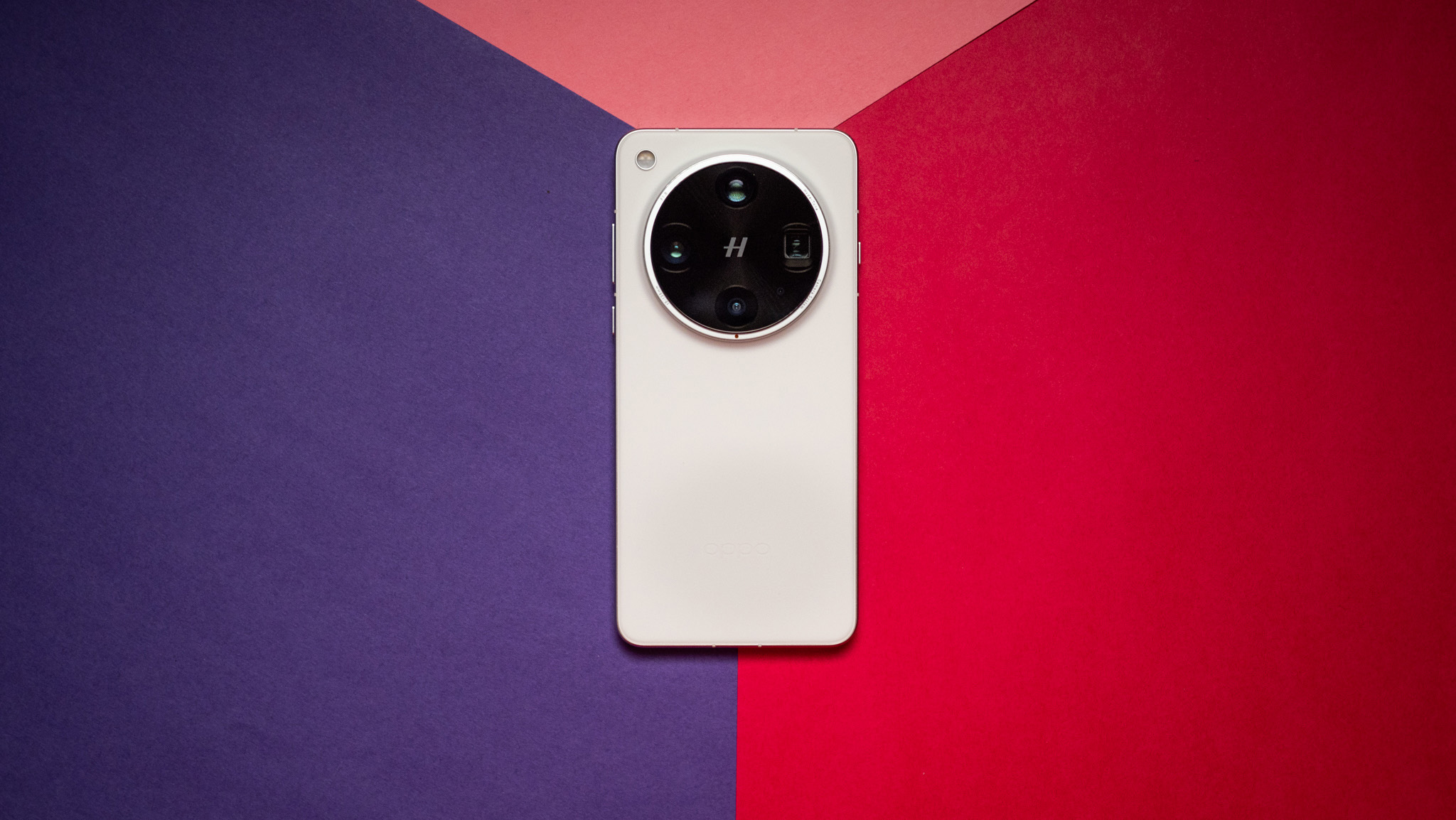

























![Most iPhones Sold in the U.S. Will Be Made in India by 2026 [Report]](https://www.iclarified.com/images/news/97130/97130/97130-640.jpg)
![Apple to Shift Robotics Unit From AI Division to Hardware Engineering [Report]](https://www.iclarified.com/images/news/97128/97128/97128-640.jpg)

![Apple Shares New Ad for iPhone 16: 'Trust Issues' [Video]](https://www.iclarified.com/images/news/97125/97125/97125-640.jpg)










































